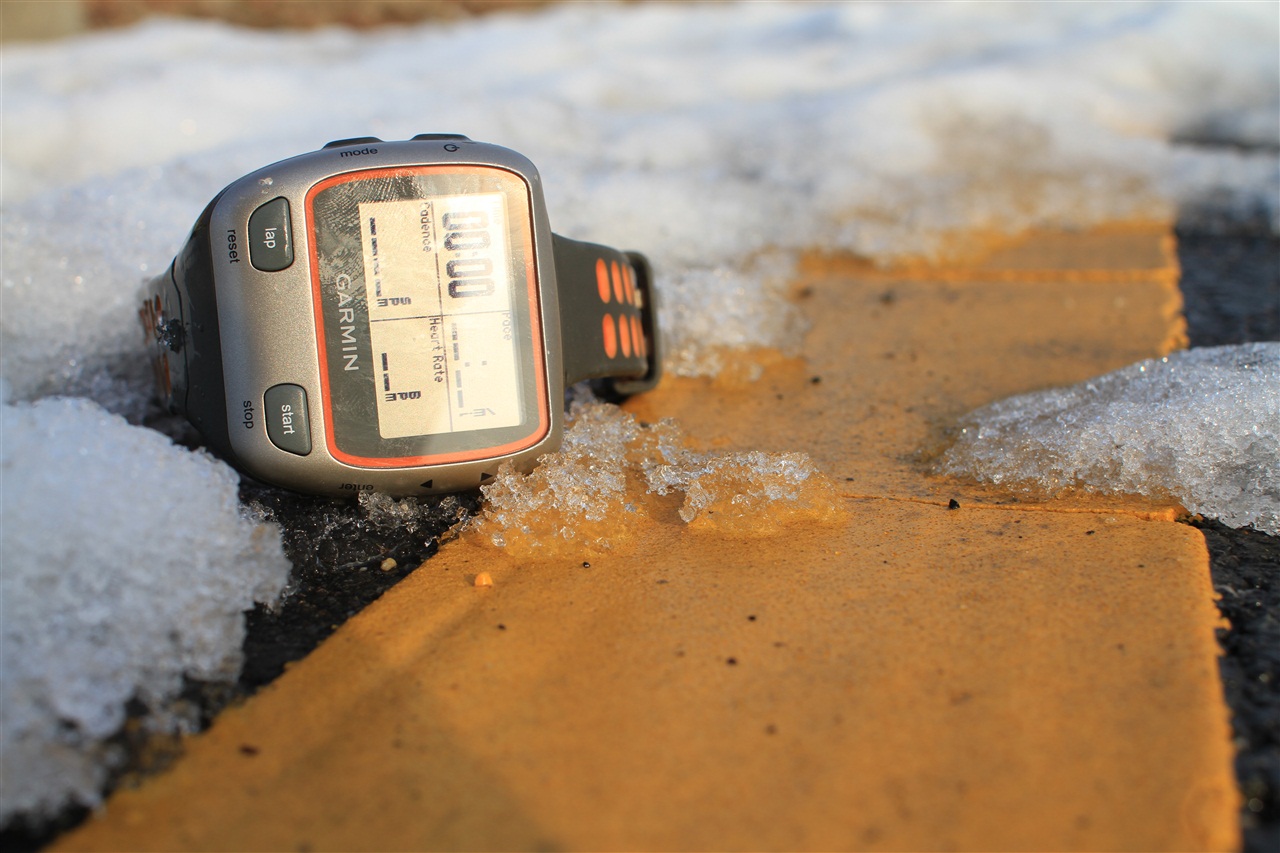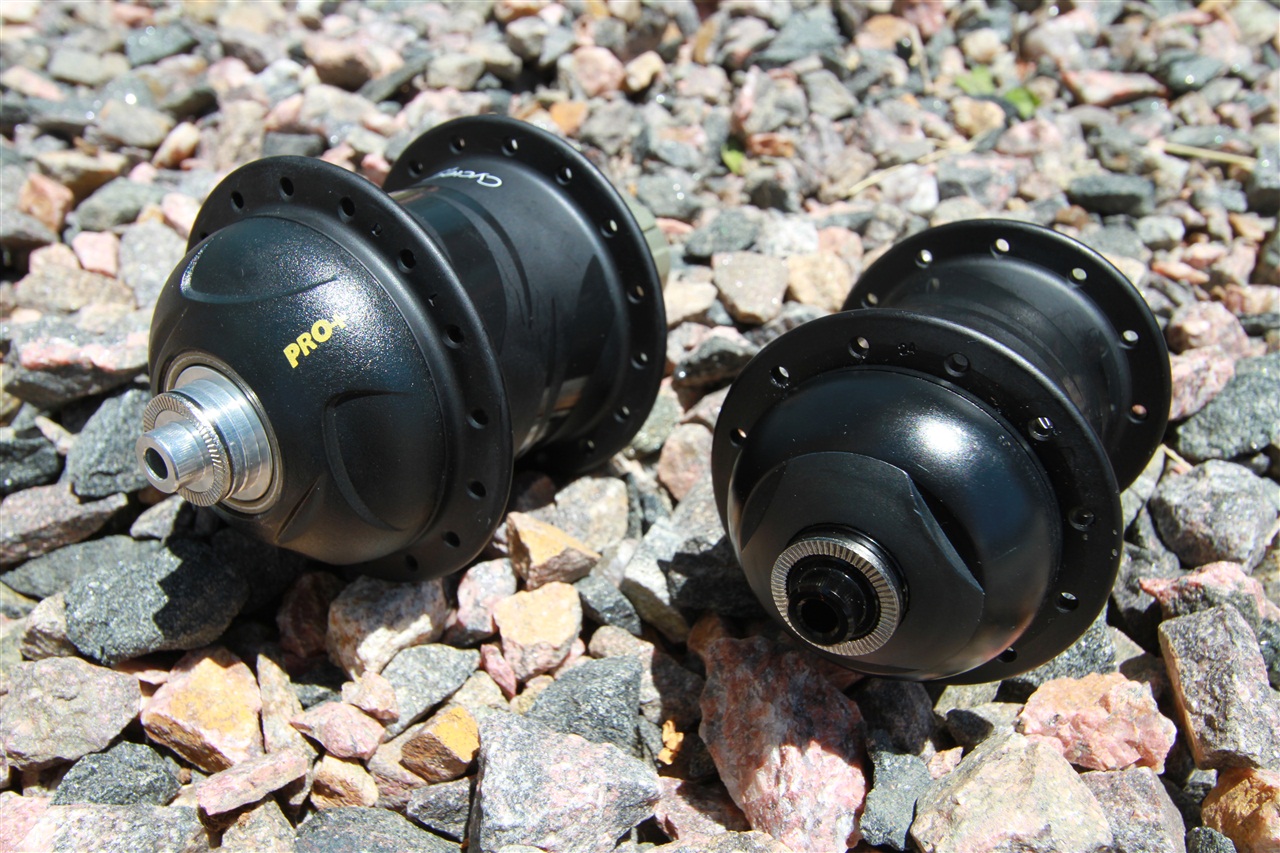Ray’s Sports Electronics Mailbag
Hello, welcome to the Sports Electronics Mailbag. I'm Ray, from DCRainmaker.com. If you've ever searched for reviews on sports technology – you've probably come across my site. I write about my triathlon/running training in general, along with sports technology and whatever else seems interesting to me.
If you enjoy what you find here, then feel free to click the links to find even more in depth information on each topic. Thanks for reading!
1) Thoughts on the newly available Suunto Ambit
2) Is the Garmin GTU-10 the best tracking device today for endurance racing?
3) Comparing the CycleOps PowerBeam Pro to Tacx Bushido
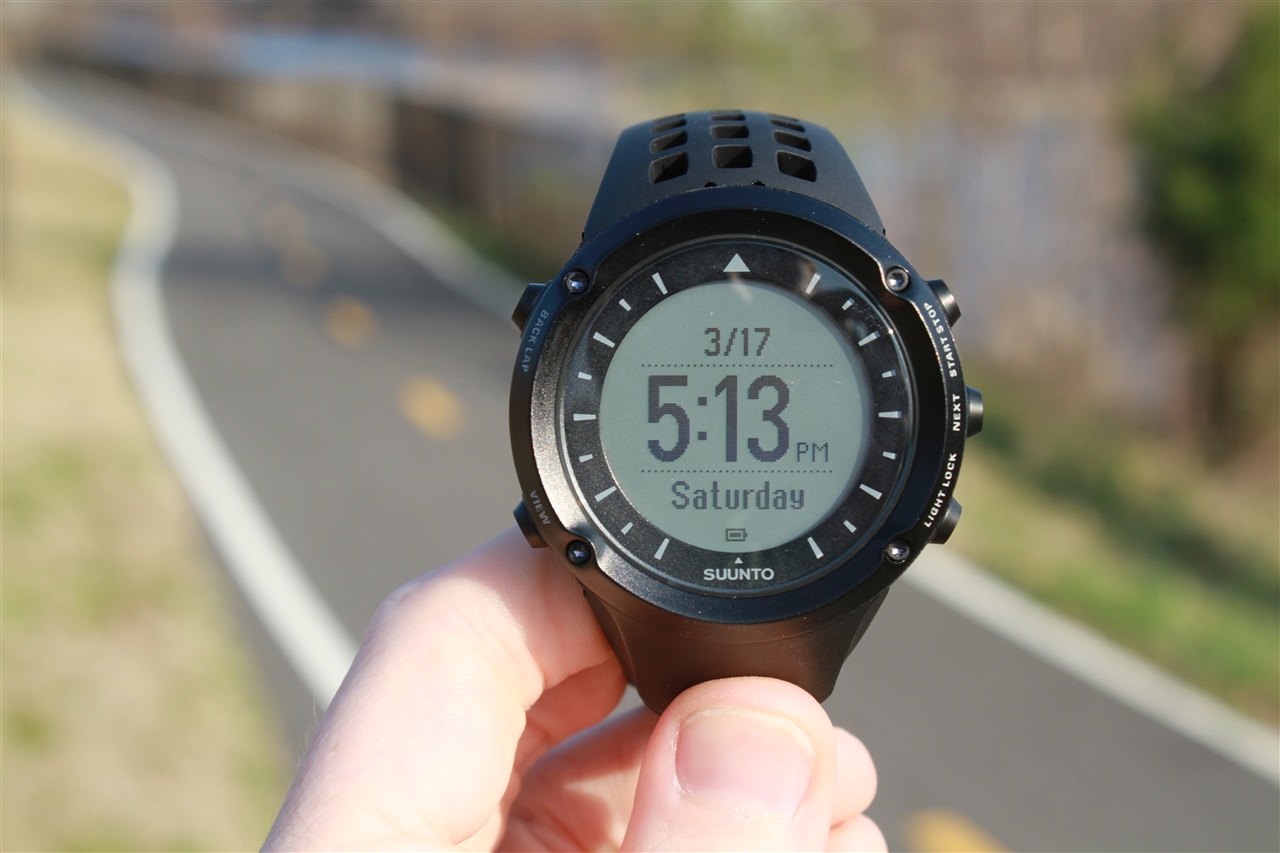
Question #1: Thoughts on the newly available Suunto Ambit as a triathlon watch
From: A lot of people.
I've gotten a ton of e-mail on how the Suunto Ambit fits into the triathlon scene, and whether one should ditch their trusty Garmin multisport watch for the Ambit. After using it now for a few weeks, I'd largely say that a mass exodus of Slowtwitcher totting FR310XT's and FR910XT's just isn't in the near term cards.
The Ambit is a solid GPS watch (both physically, and functionally) but its target is really focused on the ultra running crowd, and in particular, those who desire to have a barometric altimeter made by a company that actually understands and has a long history with barometric altimeters (and area that other companies seem to struggle with). You see features focused on the ultra runner enumerating from the 50+ hour battery life (via reduced recording rates), and the magnetic compass (for waypoint navigation functionality), as well as the previously noted barometric altimeter (for total ascent/descent data). And for an ultra runner – there's a ton of stuff to love about this watch.
But what you don't see are features focused on the triathlete. Features that are standard in most triathlete focused products today. For example, there is no multisport mode, nor any support for power meters (cycling wattage data) or footpods (treadmill running). In addition, there isn't a way to physically move the watch quickly from swim to bike to run (quick release style kit), nor even support for swimming in any way. You can't create workouts, nor intervals, nor any other form of programmed training plan.
When you get down to accessories that many triathletes typically have – i.e. heart rate strap, speed/cadence sensor, and foot pod – these would all require re-purchasing (once they support the footpod), since none of them work with existing ANT+ devices or Polar devices. Looking at the base Suunto Ambit unit cost being $500US, plus those accessories I listing costing you another $200US+, you're now talking $700US+, and that's with a watch with less functionality than something that costs $130 (Timex Global Trainer), or either of the Garmin multisport units (310XT/910XT). Plus, you've also got the Polar RCX5 and the Magellan Switch (soon) that are half the price with more functionality.
Now, don't mistake what I'm saying. I think the Ambit has a long and promising future ahead of it. They've got timelines that identify new firmware updates (May 2012 and September 2012) – some of which may address some of the pitfalls today. The May firmware list has been released, though nothing in that bucket helps triathletes. The September firmware is still being decided upon. If they choose to add ANT+ support, and also focus on in-watch features like access to activity history, changing data fields, and more data field options – it could indeed become a competitor. Especially since the physical design is really solid. And I really hope it does become a competitor, since there's nothing more that I love than competition.
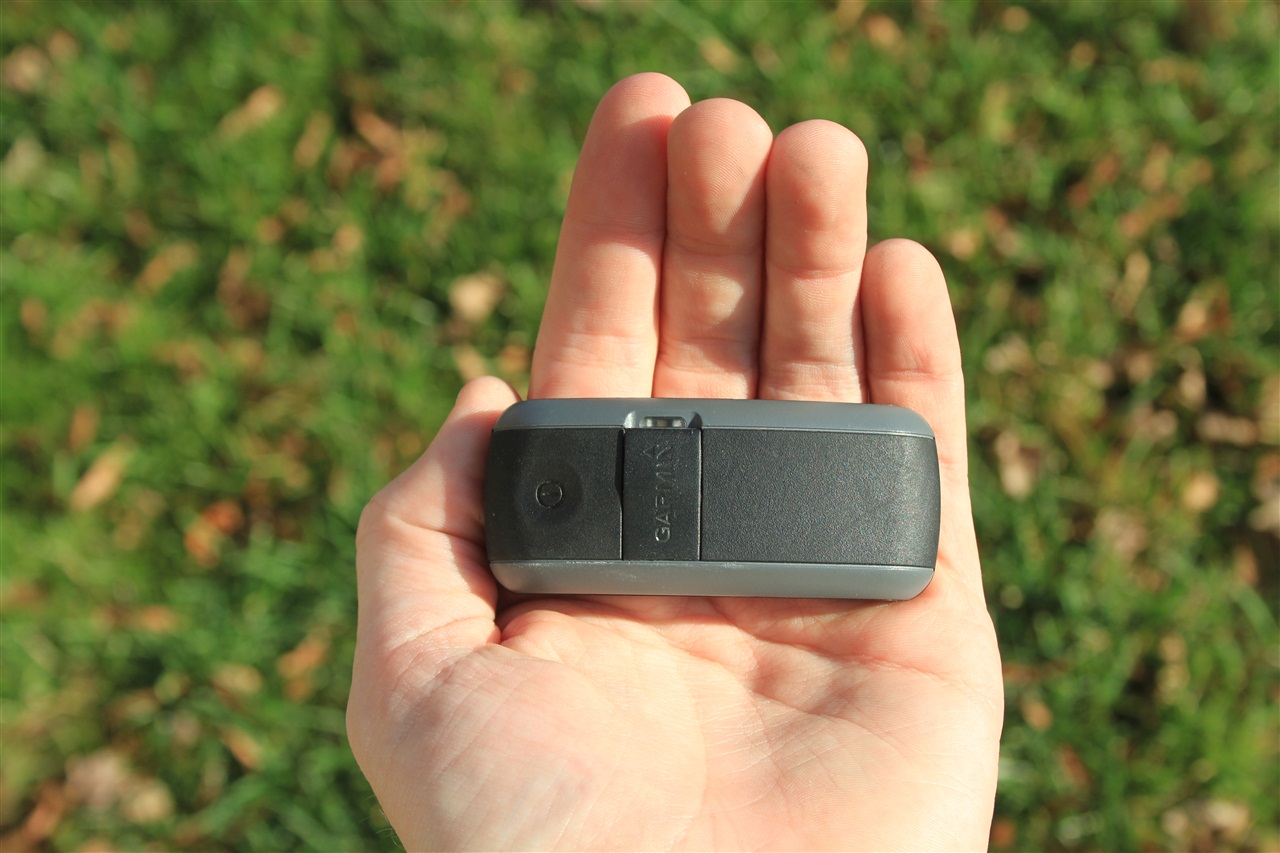
Question #2: Is the Garmin GTU-10 the best tracking device today for endurance racing?
From George-
"I'm Considering a GTU-10 for training and racing. From your December notes, it seems the "5 hour" issue is an App issue, is that correct? If it is, I was wondering if you knew if the problem was corrected. You are correct, 5 hours is too short. I'm ramping up Coeur d'Alene training and it would be a good to have a tracking device for my family. Any thoughts?"
As a bit of background for others, the Garmin GTU-10 is a gum pack sized tracking device that you can stash in the back of your triathlon suit (it's waterproof) and will track and transmit via GPS and cellular networks your current location. You can adjust the frequency of those transmissions to as little as every 15 seconds. Those are sent to a site where individuals with login access to view your location, or view it on their iPhone/Android device. Additionally, you can create geofences which will trigger alerts once crossed.
There are two different limitations within the GTU-10 however when it comes to tracking, which can be accomplished via one of two methods. The first method is that the person tracking you must be logged into your account with your Garmin Connect credentials. This may be fine for family and close friends, but in general is a nightmare for everyone else. In this scenario, the tracking unit has no time limit, and you can track for days or weeks on end. The frequency here is as often as every 30 seconds. This is the scenario I used last summer when I did tracking for Ironman Boise 70.3. Except, I also tied it into Twitter to send out updates there.
The second tracking method is via a shared tracking URL, which enables you to send out a temporary tracking code to anyone that's good for 5 hours. This was just added back in December via a firmware/software/site update (all three). In conjunction with this method, the tracking frequency was increased to every 15 seconds. The problem is, as you noted – the five hour limitation, which hasn't changed since the feature was introduced. This makes it only useful for the fastest 70.3 competitors, and useless for the full iron distance folks.
In talking with Garmin, the current reasoning centers around some legal concerns with tracking and privacy (i.e. someone forgets they sent out shared tracking link, and people keep tracking days/weeks/months later). While I understand their legal liability concern here – the reasoning just doesn't hold water in the real world. Plenty of other services offer tracking for longer periods of time, for example – the Spot Tracking device, which has static shared links good forever. I'm optimistic that Garmin will eventually come to their (legal) senses here and make it easier for folks to share that tracking information. When it does that, it will take this product from being 'cool but hobbled' to 'really darn cool'. Though, 'really darn cool', could also be achieved through adding an ANT+ chip to see heart rate/power/cadence data… Someday perhaps, someday.
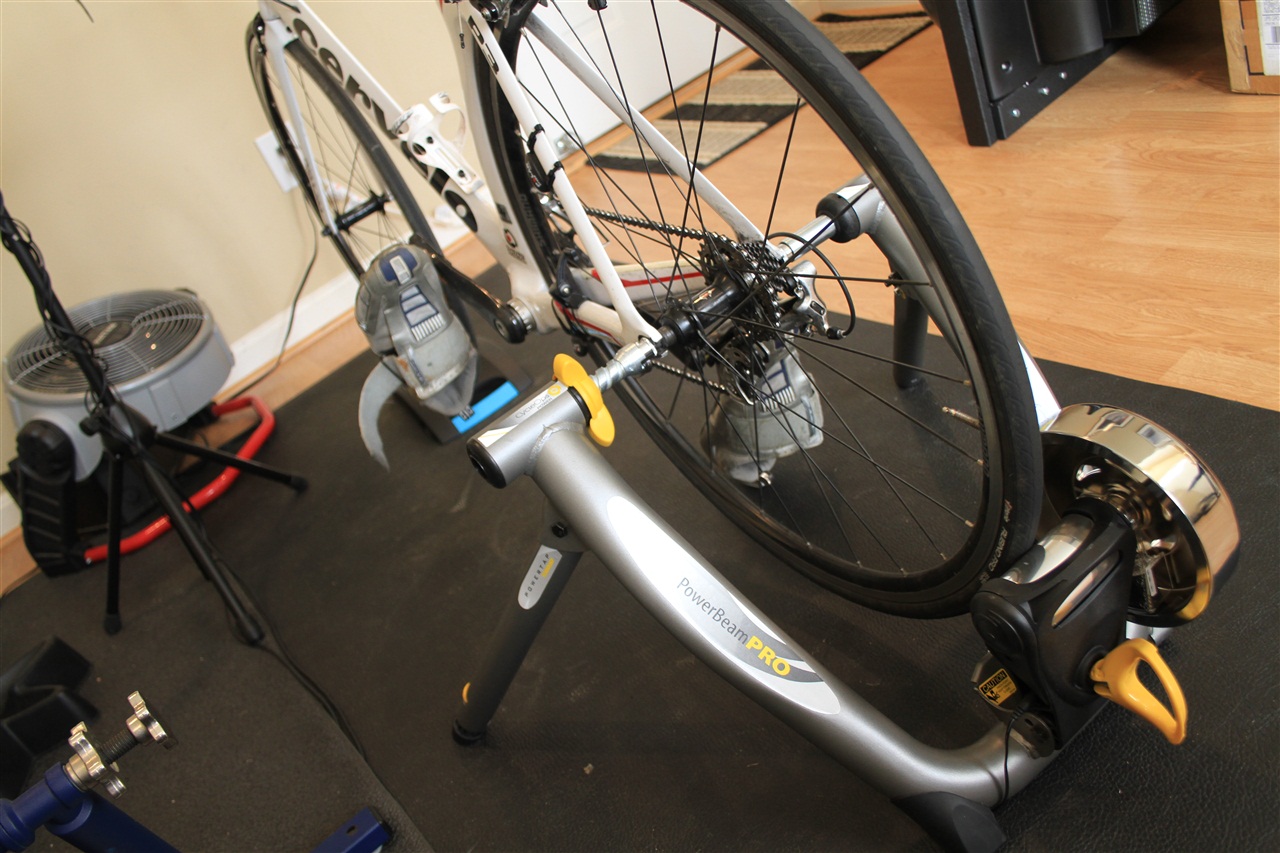
Question #3: Comparing the CycleOps PowerBeam Pro to Tacx Bushido
From Javan-
"I read both your reviews on the CycleOps PowerBeam Pro and the Tacx Bushido, I'm looking to buy a trainer and I'd be using it for intervals and time trial type training using mostly power data and some HR. I like the idea of chopping and changing workouts and doing power tests I'm really into the actual training and data aspect and not the virtual reality type of trainer like Tacx. At the moment I'm leaning more towards the PowerBeam Pro. But I was wondering, using the software and the specifications of what you can do today, if you had to choose between the Bushido and the PowerBeam what would it be?"
In many ways, while they are similar in that they are both trainers that you can specify and control resistance with specific wattages – they are also fairly different. As you noted, the Tacx definitely focuses very heavily on the entertainment aspect. This is inclusive of videos to 'race' existing events (primarily cycling), online racing and group rides, virtual reality, and Google Earth style racing. Essentially – if you're looking for a way to be distracted while riding indoors – this is it.
Meanwhile, the CycleOps PowerBeam Pro is more akin to the CompuTrainer when it comes to stability. Sure, the CompuTrainer has many of the 'entertainment' aspects that I outlined for the Tacx, but technologically the CompuTrainer software is far behind the Tacx software. As for the PowerBeam, its computer software release won't be out until the Fall (mostly entertainment focused). Having used it, it's really cool – and will definitely ante-up the game across all these competitors. Today however, the PowerBeam is mostly focused on riding a given wattage and/or workout and entertainment just isn't a big piece of that.
So, with that introduction – let's get to my preference between the two.
For me, most of my workouts are structured from a coach. Within that I'm usually riding a workout that's very specific and focused on certain wattages, drills, cadences and/or zones. Thus the entertainment aspect has very little place in my day to day trainer rides. Riding a course or similar activity just isn't conducive to a highly structured trainer session as described above. I just want to 'set it and forget it' when it comes to wattage. Both the Tacx and PowerBeam can do that (along with the CompuTrainer)
But what the Tacx also has is its fair share of bugs.
Bugs that would occasionally prevent me from getting the trainer to link up and be functional without some poking and prodding. Whereas the PowerBeam simply doesn't have these software bugs (I think I've only see it do this once). Given the time constraints that most of us have trying to fit in training in our day to day schedules, I don't feel like burning 15-20 minutes troubleshooting why the trainer is cranky at 6AM some random morning. At the end of the day for me and my specific non-entertainment focused trainer needs – I prefer the PowerBeam Pro.
Of course, different folks have different priorities, so my priorities may not match everyone's.
Previous Mailbags:
Weekly Mailbag – September 10th, 2011
– Interbike Device Preview Extravaganza
Weekly Mailbag – August 28th, 2011
– What device for cross country skiing or inline skating?
– Workout history page and 1-second recording options
– Using ANT+ sensors with more than one watch?
Weekly Mailbag – August 13th, 2011
– Whether to buy wired PowerTap at $699 or wireless PT at $799
– PowerTap and Cadence Information
– Which non-GPS watch for trail running?
You can find all past Slowtwitch Mailbags here.
[Editor's note: our capable editor-at-large for electronics Ray Maker is the publisher of the online sports tech blog DC Rainmaker, one of the top-ranked sites by Google for extremely in-depth reviews of sports technology for triathlon, cycling, and running.]


